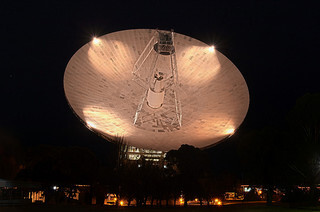Why parabolic reflectors?
Published by Arun Isaac on
At school, we are taught stuff about spherical mirrors, their properties, and techniques to find the position of the image. We are told that parallel rays incident on the mirror, after reflection, pass through the focus of the mirror, and that irrespective of the position of these parallel rays, the position of the focus does not change. But that is not quite true. It is just an approximation.
The position of the focus is in fact dependent on the position of the parallel rays with respect to the principal axis. Simple trigonometric derivation can show that the focal length is given by
\[ f = R - \frac{R}{2cos\theta} \]
Thus, for rays close to the axis, the focus is located at approximately the midpoint of the radius. For rays farther away, the focus is displaced and this causes what are known as spherical aberrations.
Parabolic mirrors, however, do not suffer from this problem, and all parallel rays are focussed onto a single point no matter what. Hence, for applications where aberrations can cause a considerable dip in performance, such as in astronomical telescopes, and radio antennas, parabolic reflectors are preferred.
Image Credits
- Deep Space Station 43 – “Ballima” by OzAdr1an, released under the Creative Commons Attribution 2.0 Generic license
